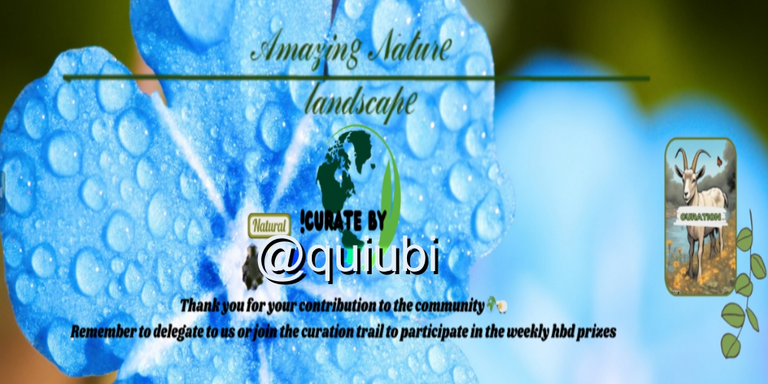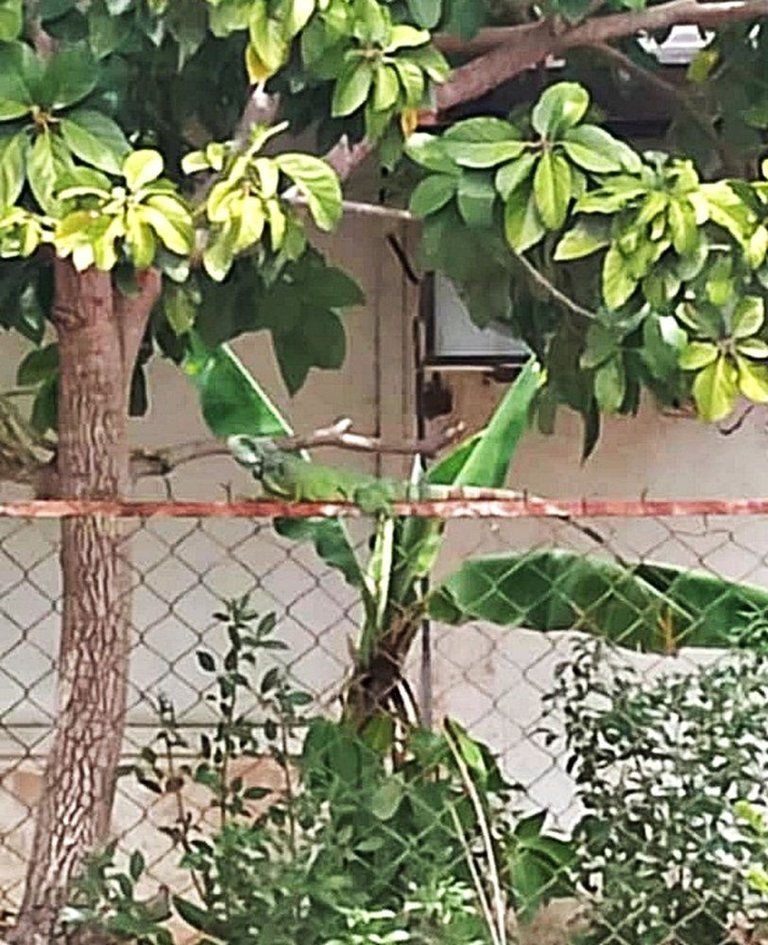
Hello everyone, very good morning. I hope you are having a very nice Sunday, and that this can be in direct contact with Mother Nature. Today I am going to talk to you about a very common species in our llanera region, where I live. This is the iguana, and although they do not belong to the urban area, as such, it is true that they take advantage of the fact that the plains are quite close to the city, to approach and stay in the most wooded places, especially in parks or very leafy and high tree plantations that are in houses with large yards, so they can avoid being prey to crawling predators.
These visitors whose photos I share with you today, approached the conuco located on the first street of the residential complex where I live. It is the back lot of the shopping center that is at the entrance of the urbanization, and the neighbors of the first street decided to convert this place into a conuco in order to avoid the accumulation of brush. There they planted fruit, medicinal and ornamental plants, as well as vegetables for consumption. For this reason our beautiful iguanitas decided to stay in the trees, and taking advantage of this month's plum season, they come down from time to time to get their food. They also eat some leaves and flowers of lower plants. Some trees that bloom during this season, and harbor several species of insects, serve as food for these reptiles.
There are several of them, but they are very careful and wait for no one to come down from the trees. It was not an easy task to capture these photos, besides the fact that their color is a perfect camouflage to disguise themselves among the plants without being spotted. The movement was what indicated that they were there, and my partner in the dessert business, managed to catch some images since she lives in front of the planting.In the area there are many dogs and cats and they protect themselves from them, although humans turn out to be another predator that captures them for consumption, or to extract their eggs. There is a brown one but it has not been photographed, the others are green, and there are several small ones, which means that some females have just given birth.
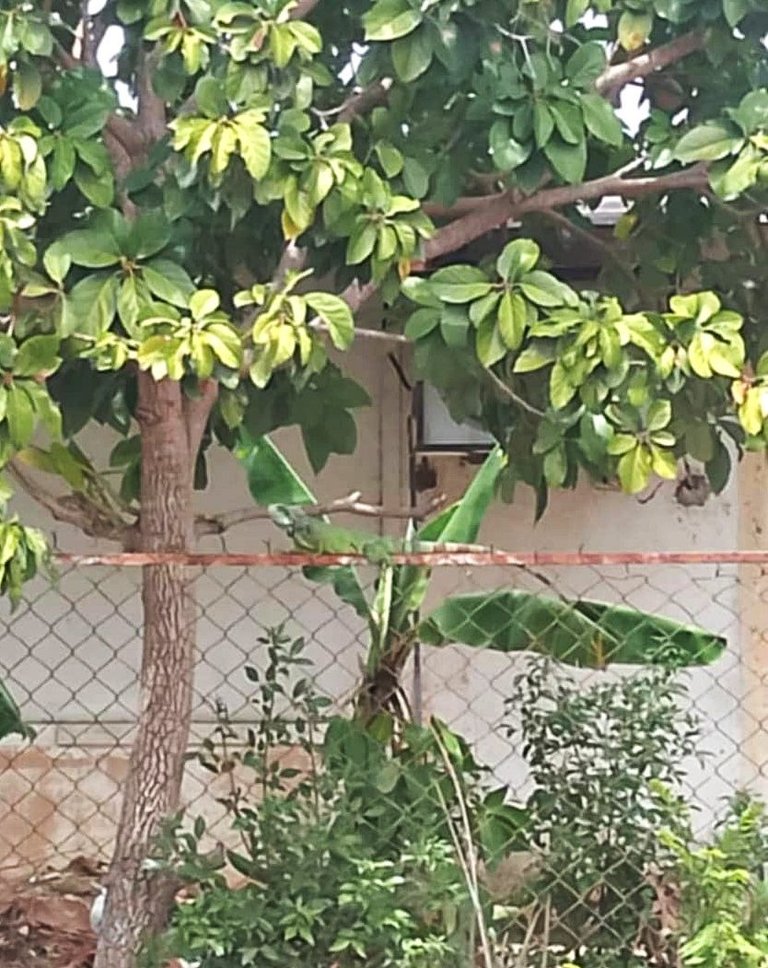


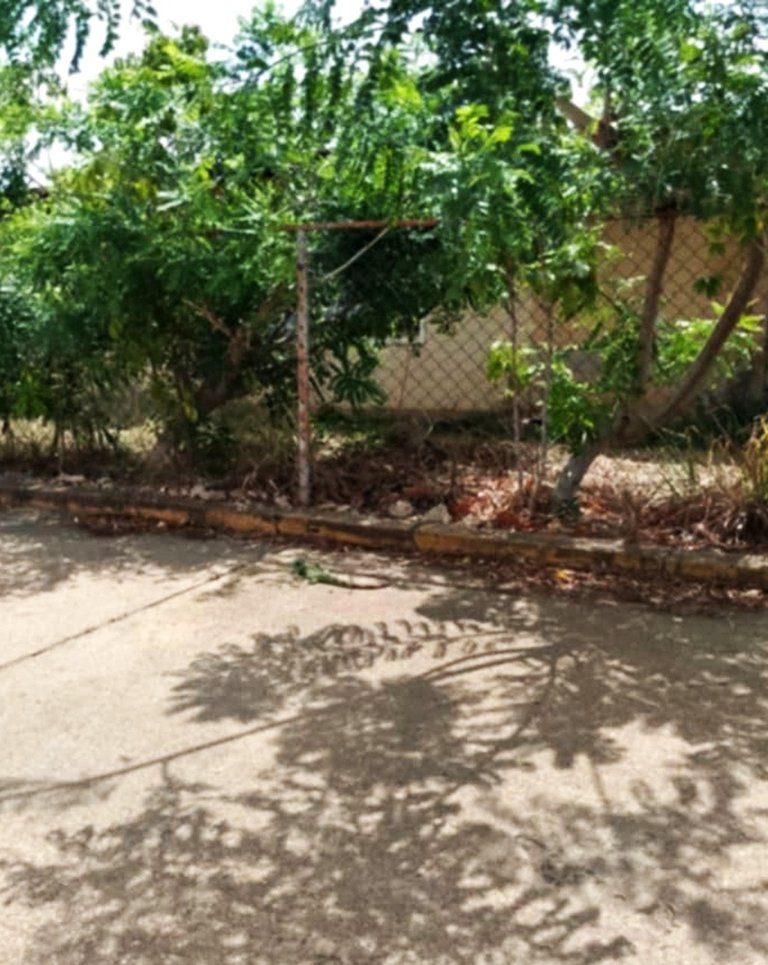
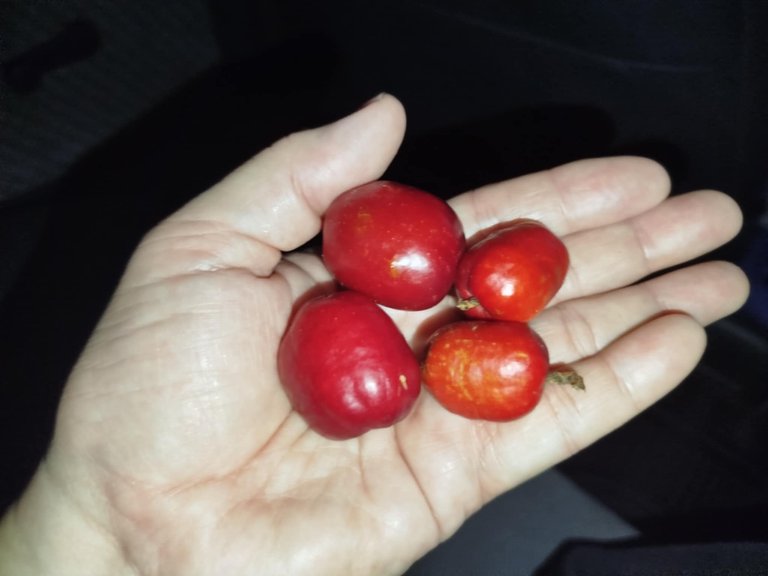
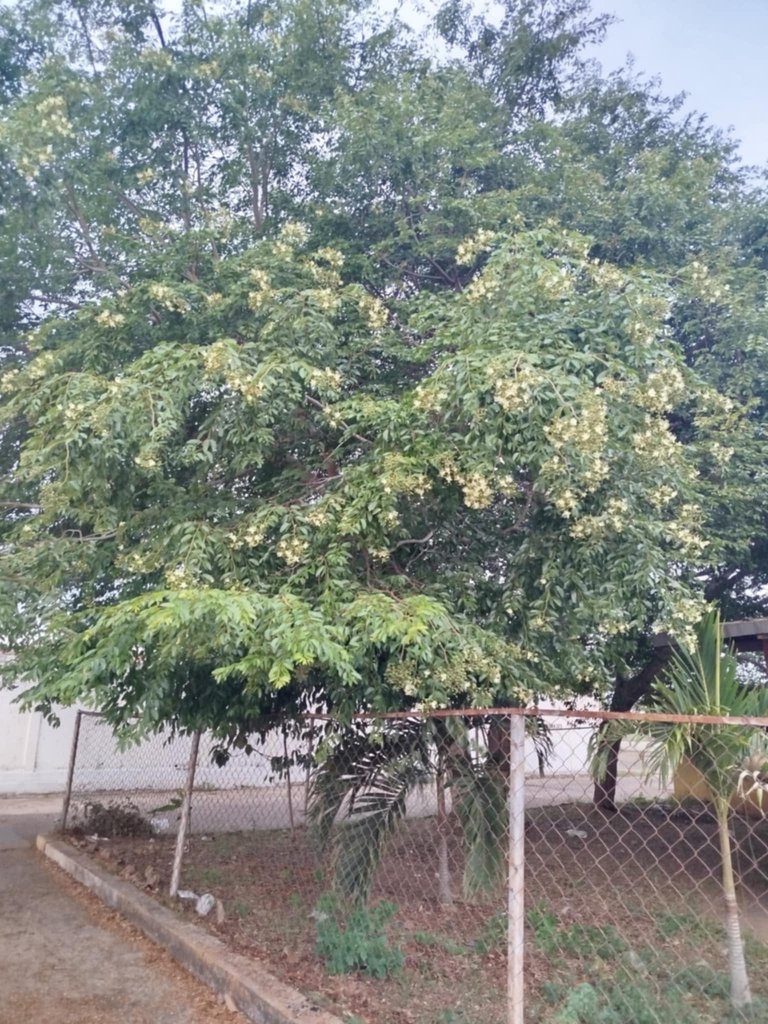
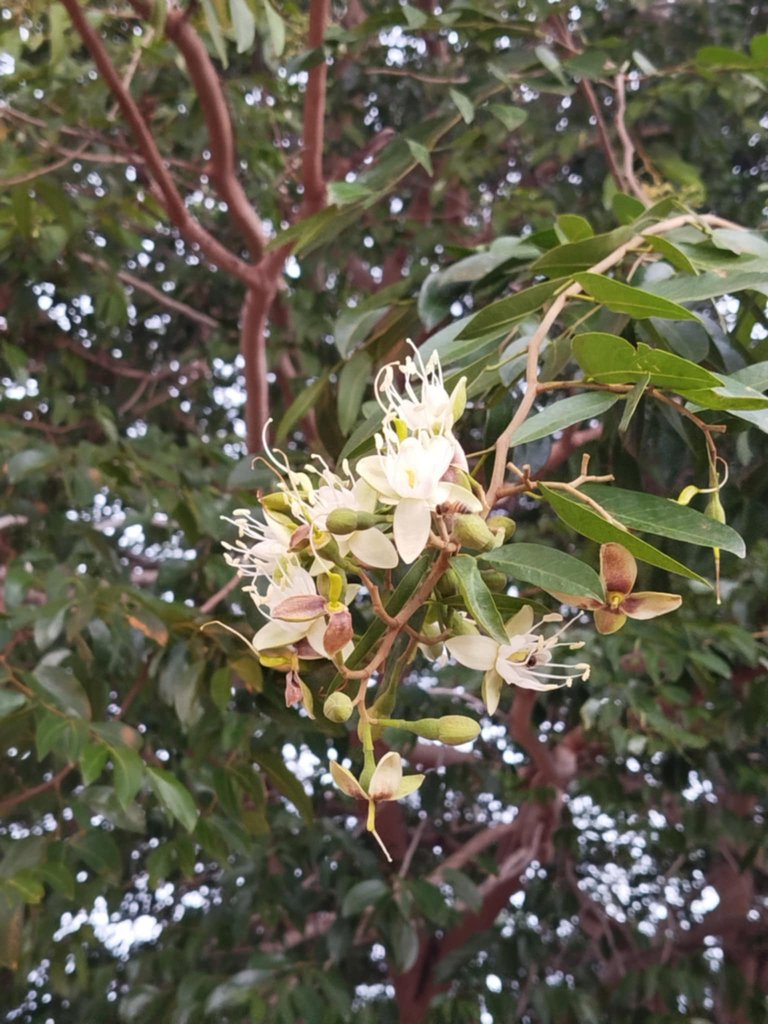
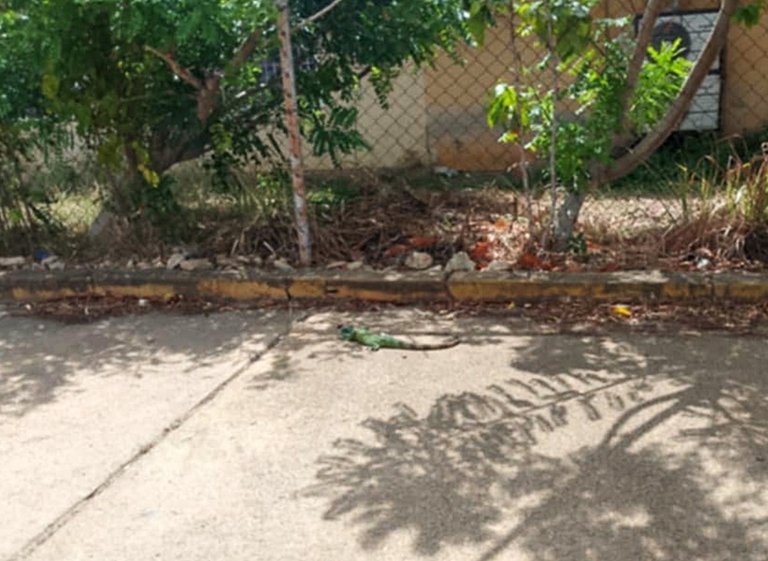


In my morning walks, I have passed under the conuco trees, but I have not been able to see any of them face to face.I captured part of the plantation where they live, the flowers of the trees, and the plums of an intense red, and a sweet flavor, which they have preferred to feed on. And how not?If this fruit is delicious.There is also a lemon tree on the site, but I don't know if its leaves are to their liking, as I have seen several with bites on the edges.
Iguanas are medium-sized reptiles that inhabit the hot and humid areas of the American continent. They can measure between 50 cm and 2 meters in length, including their tail. They usually move among trees, where they also live, and are very fast moving thanks to their agility.They are herbivorous, that is, they feed on leaves, flowers and fruits. They can also feed on some insects. Most of the time they congregate in places with water nearby since they are very good swimmers. Physically they are robust-bodied reptiles, with a hanging dewlap, strong legs with sharp nails, a crest from head to tail, rough and scaly skin, varying from green to brown or orange with black spots, and a broad head and rounded snout.
They are harmless, and tend to flee in the presence of anyone. That is why it was tedious to capture an image of them.

I hope you liked this post, thank you very much for visiting my blog. Happy day.

INFORMATION SOURCE
Green iguana fact sheet - National Geographic Latam
Iguana - Wikipedia

IMAGE SOURCES
All images are from my personal archive.
The translator used is: Deepl Translator
Dividers courtesy of eve66.

Original Author Content
Applications: Canva, PhotoScape, Instagram, Inshot and Pixiz.
Translation: Deepl Translator www.DeepL.com/Translator
Personal images are taken with an Android Redmi 13 mobile device owned by me.
Images used in banners, minibanners, gifs and separators, are courtesy of Pixabay.
© Copyright: @annafenix (2021 - 2025)



